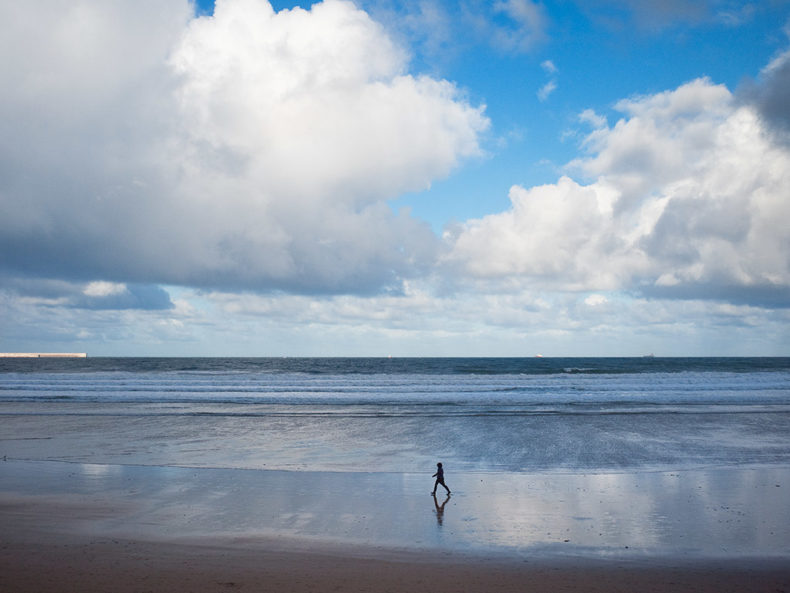As I write this, on the afternoon of November 9, 2016, the future looks very dark. If you respect reason and truth, if you care about the planet we depend on, if you believe that biology is just biology, not destiny, then I expect the future looks dark to you, too.
I hope that you and yours are finding solace and strength as best you can.
I don’t have much to offer. But on and off during this chaotic, distressing year, I’ve found it useful to borrow a metaphor from ecologists and conservation biologists. I’m sure they won’t mind if I lend it out to you.
Scale mismatch, sometimes called the “problem of fit,” is what happens when the scale of human responsibility or influence doesn’t match the scale of whatever the humans are trying to conserve. Scale mismatch can happen in place, time, or function: it happens in place when a tiger reserve is smaller than the tigers’ home ranges, and in time when a fishing season allows more fish to be caught than born. It happens in function when water or forestry laws consider only the agricultural use of water or the industrial use of trees, not their ecological purposes.
The concept of scale mismatch is a corollary, if not a refutation, of the concept of the tragedy of the commons. As the Nobel-Prize-winning economist Elinor Ostrom found, human communities can and do manage natural resources effectively—as long as the resource is indispensable, the community is strong, and the scale of responsibility and the scale of the resource are matched.
Scale mismatch happens to me every time I listen to the news, and I’m feeling it today more than ever: Our individual selves, our individual scale, can never match the scale of a collective tragedy. Sometimes it’s tempting to turn away, and sometimes we must, when we can, to conserve our own resources.
But turning away is not the answer. The answer is for us to match the scale of the problem, either by making ourselves larger or making the problem smaller. We make ourselves larger through cooperation. We make the problem smaller by discerning the sliver we’re best equipped to solve.
And then we move forward, one human-sized step at a time.
Photo by Flickr user Javier Linera. Creative Commons.

Thanks Kathy. It has been difficult to even get up in the morning these past 2 day.
That helps. Thank you, Michelle.
Off to look for my sliver now.